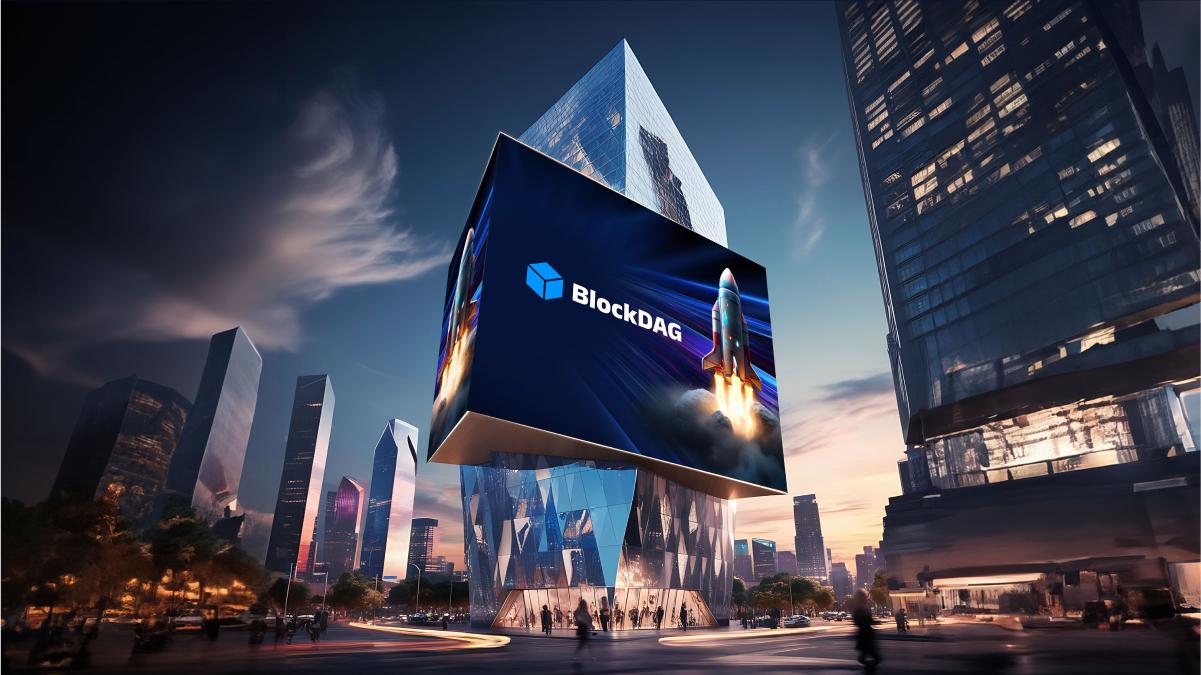Shiba Inu Recovers 4.6 Million BONE Tokens After Major Shibarium Bridge Exploit
TLDR
- Shiba Inu recovers 4.6M BONE tokens after a major bridge exploit on Shibarium.
-
Over 100 ecosystem contracts moved to multi-sig wallets to enhance security.
-
Shiba Inu team implements blacklist features and validator key rotation for added safety.
-
Shibarium plans gradual bridge restart with user compensation and enhanced measures.
The Shiba Inu development team has successfully recovered from a major hack targeting its Shibarium Bridge. The attack, which occurred in September 2025, resulted in a substantial loss of assets, but the team’s swift response has restored the bridge’s integrity and reinforced its security. The developers, working tirelessly for over ten days, have implemented significant changes to ensure the platform’s safety moving forward.
Lead developer Kaal Dhairya confirmed that the attack, which involved manipulating Shibarium’s Ethereum contracts, has been fully contained. The exploit involved submitting fake checkpoints to disrupt communication between Heimdall’s state and its on-chain state, triggering a system halt. The attacker staked 4.6 million BONE tokens, aiming to influence validator thresholds and compromise network security.
Shiba Inu Security Overhaul and Asset Recovery
The Shiba Inu team’s immediate response involved securing over 100 critical contracts within the Shibarium ecosystem. These contracts, now migrated to multi-signature wallets, ensure that no single entity can control vital assets. The security team also rotated all validator signing keys, isolating the compromised state and introducing stronger custody protocols.
The recovery of 4.6 million BONE tokens from the attacker was a notable achievement. The malicious delegation was removed from the network using a targeted recovery process.
This method involved correcting legacy unbonding data and restoring the ledger’s integrity. Furthermore, the withdrawal delay was extended to 30 checkpoints, ensuring that unusual activity can be detected and addressed before withdrawals are finalized.
Repairing the Bridge and Introducing Blacklist Features
One of the primary actions taken after the exploit was the repair of Shibarium’s checkpoint system. The fake checkpoints that initially disrupted the network were corrected through a multi-stage process across Devnet, Puppynet, and Mainnet, ensuring a safe resumption of operations.
In addition, the Shiba Inu team has introduced a blacklist mechanism to prevent malicious addresses from staking, unstaking, withdrawing rewards, or re-bonding funds. This new feature will significantly increase security for Shibarium users and allow the team to block harmful addresses proactively.
The Shiba Inu developers have also planned the gradual restart of the Plasma Bridge, with a blacklist feature soon to be added. This will allow for more secure transactions and an eventual full restoration of the bridge’s functionality.
User Compensation and Long-Term Infrastructure Improvements
Alongside these improvements, the Shiba Inu team is working on a comprehensive plan to compensate users affected by the hack. The recovery process will be phased, with transaction limits in place to protect the network and ensure fairness for all impacted users.
The developers are collaborating with partners to establish a clear timeline for user refunds, but they emphasized that the exact schedule will be released only when it is safe to do so. The team is also working on infrastructure upgrades, including a partnership with dRPC.org to consolidate RPC services for enhanced reliability.
In addition to these technical changes, the Shiba Inu team is updating documentation to simplify node setup and validator instructions, aiming to foster broader participation in the network and raise the security baseline across the ecosystem.
The post Shiba Inu Recovers 4.6 Million BONE Tokens After Major Shibarium Bridge Exploit appeared first on CoinCentral.
También te puede interesar

Coinbase Seeks Federal Trust Charter for Future Expansion

Grayscale’s GDLC Fund Holding SOL and ADA Gets SEC Nod for NYSE Debut
